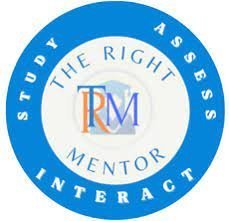Your cart is currently empty!
Pre-Requisires
Test & Enrich
Physical And Chemical Changes | Speed Notes
Notes For Quick Recap
Changes can be of two types, physical and chemical.
Physical changes are changes in the physical properties of substances.
Due to physical chages new substances are not formed.
Physical changes may be reversible.
Examples: crushing a can, glowing of an electric bulb, tearing of paper, mixing of sand and water. (Scroll down to continue …)
Study Tools
Audio, Visual & Digital Content
Chemical Changes are changes in which the composition and chemical properties of the substance get changed.
In chemical changes new substances are produced. The most of the chemical changes are irreversible and permanent.
Note: Some chemical changes are reversible, known as reversible chemical changes.
Example: burning of a candle, formation of curd from milk, ripening of fruits.
Some Chemical Reactions in daily life:
Rusting of Iron: Rusting is the process in which iron turns into iron oxide.
It happens when iron comes into contact with water and oxygen. The process is a type of corrosion that occurs easily under natural conditions.
Prevention of Rusting:
- By Painting
- By Oiling and greasing
- By Chromium plating
- By Galvanizing
- By Alloying
Cooking of food: Cooking causes breakdown of complex molecules of carbohydrates, fats and proteins into smaller molecules.
It is regarded as a decomposition reaction.
Cooked food is easier to digest than uncooked food.
3. Decay of Organic Substances: Microorganisms like fungi and bacteria produce enzymes which break down complex organic compounds into smaller substances.
It is also regarded as a decomposition reaction.
Some substances can be obtained in pure state from their solutions by crystallization.
Dig Deep
Topic Level Resources
Sub – Topics
Select A Topic
Topic:
Chapters Index
Select Another Chapter
- Nutrition in Plants | Study
- Nutrition in Animals | Study
- Heat | Study
- Acids, Bases and Salts | Study
- Physical and Chemical Changes | Study
- Respiration in Organisms | Study
- Transportation in Animals and Plants | Study
- Reproduction in Plants | Study
- Motion and Time | Study
- Electric Current and its Effects | Study
- Light | Study
- Forests: Our Lifeline | Study
- Wastewater Story | Study
Assessments
Personalised Assessments
Dig Deep
Deep Learning And Testing
Here you can switch between educational tools ( Study & Assess) By Filtering Or Search for Title.


